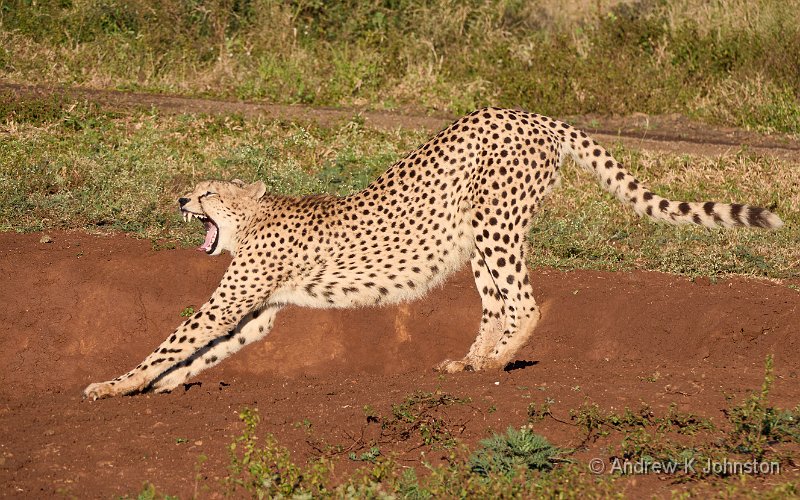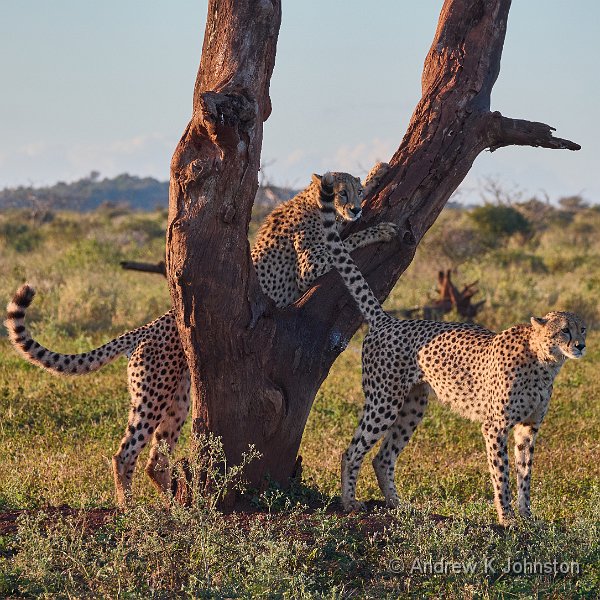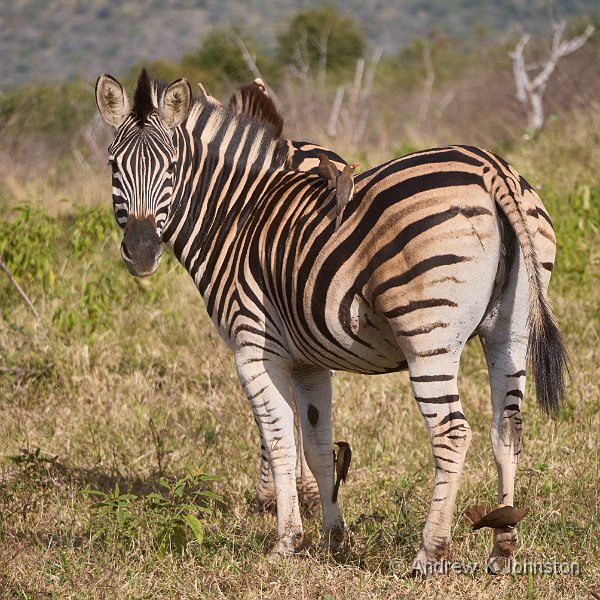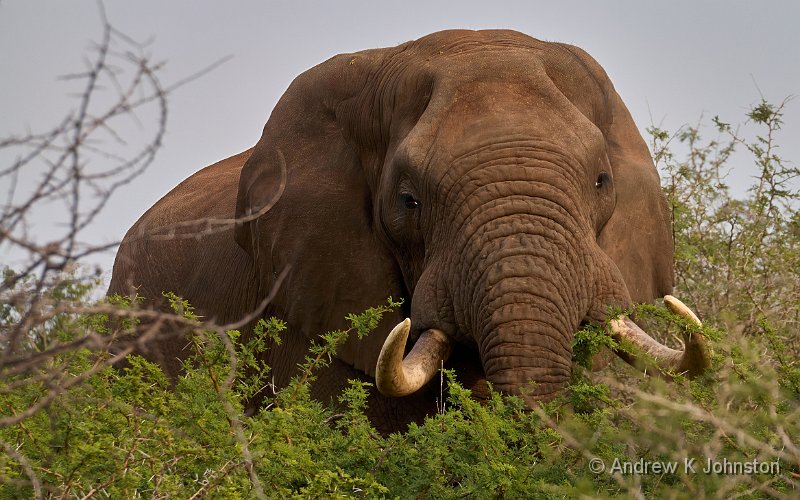
| Cheetah yawning, Zaminga | |
| Camera: Panasonic DC-G9M2 | Date: 12-06-2025 07:36 | Resolution: 5315 x 3322 | ISO: 160 | Exp. bias: 0 EV | Exp. Time: 1/320s | Aperture: 7.1 | Focal Length: 146.0mm (~292.0mm) | Location: Zaminga | State/Province: Thembalethu, KwaZulu-Natal | See map | Lens: LEICA DG 100-400/F4.0-6.3 | |
It’s instructive to look back on my Zimanga trip, to review what worked, and what I might have done differently. If you’re planning a photo safari, you might find the following useful.
Firstly, I can’t praise strongly enough the owners and staff of Zimanga (https://zimanga.com/). The vision to dedicate 7000 hectares of land to a game reserve specifically set up for photographers has paid dividends. I know our group all enjoyed it thoroughly, and Lee is having no difficulty selling his trips a couple of years ahead, thanks in part to a lot of repeat business! The staff are all charming, knowledgeable and helpful, and go out of their way to make you feel welcome. Highly recommended.
I was very pleased with my kit choices. I agonised a bit about spending the money to supplement my perfectly good 100-300mm lens (200mm-600m equivalent) with a used Panasonic 100-400mm, but it paid off well. I regularly used both the extra reach (especially on the smaller birds) and the feature to limit focus to >5m (vital for shooting from behind glass but not implemented on the 100-300). I did experience the common complaint that the zoom control is a bit stiff and slow, so it may not work so well for sports, but for this trip it was ideal.
Of the 1220 shots I have retained on the PC for further processing, over 80% were shot with that lens. Around 15% were shot with the 35-100mm f/2.8, and almost all the remainder, only about 4%, with the 12-35mm f/2.8. I always carry spares, but I could have done this trip perfectly easily with just the three lenses, and I could have lived with the tiny kit lens for the "normal zoom".

| Cheetahs playing, Zaminga (Show Details) |
My last-minute decision to trade in my old Panasonic GX8 for a used G9 also worked well. Because of the time pressure I just used the Wex Photographic used camera service for both the purchase and the trade-in, but it went like clockwork for a net cost under £150. Wex didn’t want the spare GX8 batteries but they sold almost immediately on eBay bringing the net cost under £100. For that I got a more modern camera which is similar enough to the G9 mark II you can switch quickly back and forth between them.
Don’t underestimate the number of shots you’ll take, or the storage requirement. My previous records were about 3300 shots over three weeks in the Desert Southwest of the USA, and 2900 shot over two weeks in Namibia (which combined wildlife, landscape and human subjects). In effectively 8 days in South Africa I took 6194 shots, and filled around 300GB of fast SD cards. After filtering I deleted about 100GB and moved over 130GB to my "unused image" archive disk, but I still have ~50GB (1220 images) to process further.

| The tail piece, Zaminga (Show Details) |
The other things you need are patience, and luck. Even with hides carefully designed to attract the animals, and dedicated guides constantly sharing information about what’s where, there was a lot of sitting around waiting, or driving across the reserve only to find the subjects had moved on. If you want the predictability of knowing for certain what you’ll see in a certain session, then maybe a trip to Longleat is in order!
I suspect that I lack the patience to do a lot of wildlife photography. I certainly missed a couple of hide shots because I was doing something else when the animal appeared. So be it.
Even with that caveat, I came away with a good collection of images, with some of which I’m extremely pleased. This was a very successful trip, and I can recommend it should you get the opportunity.

| Elephant, eating, Zaminga (Show Details) |
 Thoughts on the World (Main Feed)
Thoughts on the World (Main Feed) Main feed (direct XML)
Main feed (direct XML)